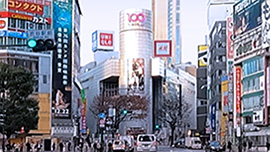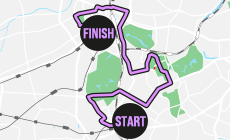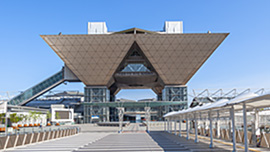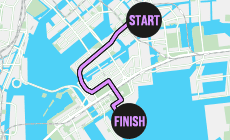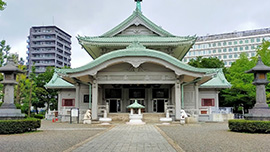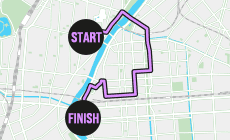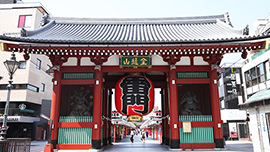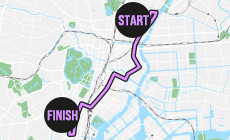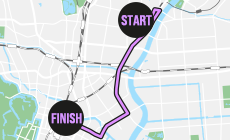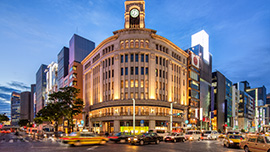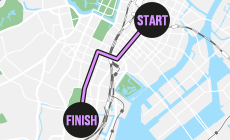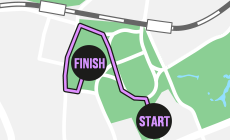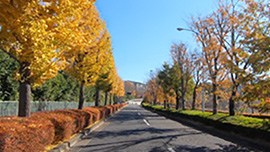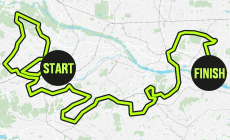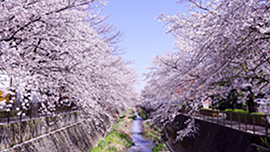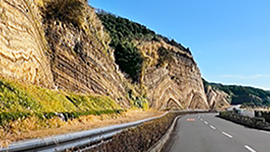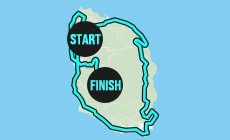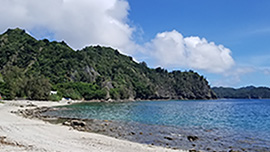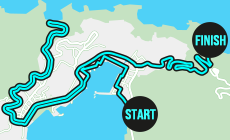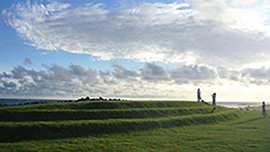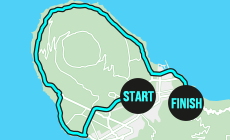![]()
Relive the excitement of the Paralympics! Ride through this
historic course on your bicycle!
TOKYO 2020 PARALYMPIC FULL MARATHON COURSE
42.195km
Cycle along the official TOKYO 2020 Paralympic Marathon course for an authentic cycling experience!The starting point is the National Stadium. Pass through the skyscrapers of Shinjuku, enjoy the old-fashioned atmosphere of Nihonbashi and Asakusa, and head to the glamorous streets of Ginza. You can experience the nature and history around the Imperial Palace, and enjoy the magnificent views of Zojoji Temple and Tokyo Tower as you head towards the finish line. Why not cycle along this historic race course and immerse yourself in the unique charm of Tokyo, where tradition and modernity seamlessly blend?
Points of Interest around the Course
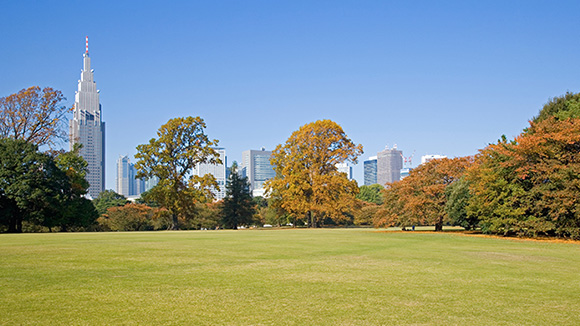
Shinjuku Gyoen National Garden
An oasis in Tokyo
This was the site of a samurai house during the Edo period. It was opened to the public in 1949 as a national park. It is a popular resting spot for people who want to enjoy nature in the heart of the city.

Ginkgo Avenue
The tree-lined street running from Aoyama-dori to Meiji Jingu Gaien has 146 ginkgo trees planted along it, and they turn a golden color in autumn. This beautiful landscape is a famous stage for films, dramas, and more, and it delights the eyes of many visitors every year.
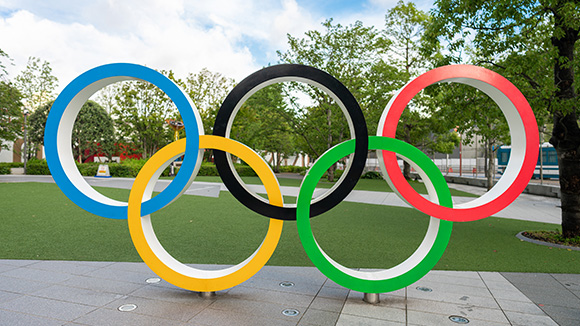
Japan Olympic Museum
You can see the Olympic symbol monument that became the symbol of the Tokyo 2020, along with various exhibits and more related to the Olympic Games. There are also games where you can try to match Olympians' physical abilities, and other activities that are perfect for those who want to move their bodies.
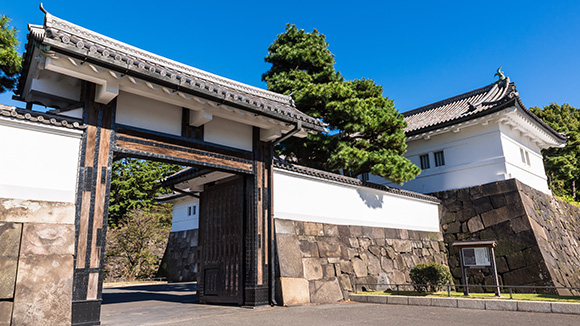
Sakurada-mon Gate
The Sakurada-mon Gate was the stage for a major turning point in Japanese history (the Sakuradamon Incident) and was built as one of the gates in Edo Castle's inner moat. It has been designated as one of the country's Important Cultural Properties.
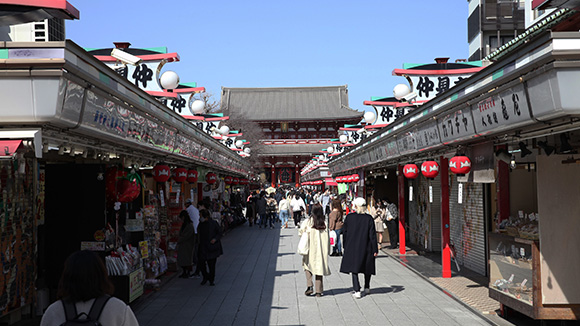
Sensoji Temple
Sensoji Temple is the oldest temple in Tokyo and was likely founded during the Asuka period. Upon passing through Kaminarimon Gate, you can find Nakamise Shopping Street: a street around 250 m long and lined with souvenir and confectionery shops. You can experience good old-fashioned Tokyo there, rich with Shitamachi spirit.
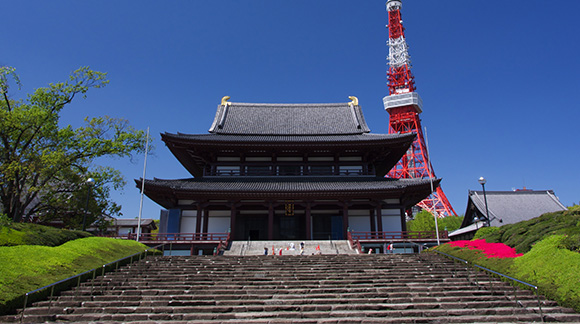
Zojoji Temple
Zojoji Temple has 600 years of history and a deep connection to the Tokugawa family. It is dedicated to six shoguns, including the second: Hidetada. The temple grounds command a spectacular view of Tokyo Tower, which also makes the area a popular photo spot.
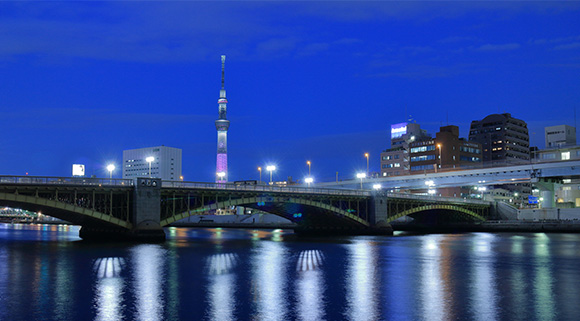
Kuramae
Although the Kuramae area has a strong Shitamachi feel, cafes and general stores have popped up in recent years. The area is popular with young people and referred to as the Brooklyn of Japan. You can enjoy the stylish scenery that looks like it'd be popular on social media.
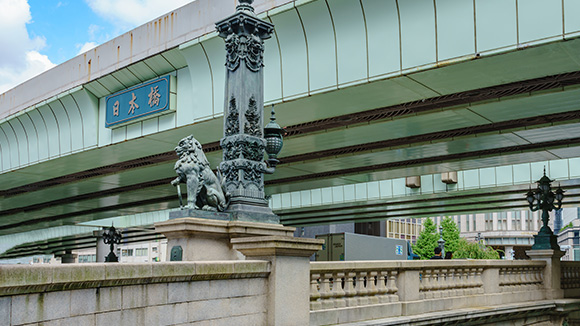
Nihonbashi
Nihonbashi was the starting point of Japan's Five Routes and has long been a major transportation hub, and it contains many long-standing department stores representative of Japan. Large-scale redevelopment has also been carried out in recent years within the Nihonbashi Revitalization Plan, and it has become a vital center for new hot spots like COREDO Nihonbashi.
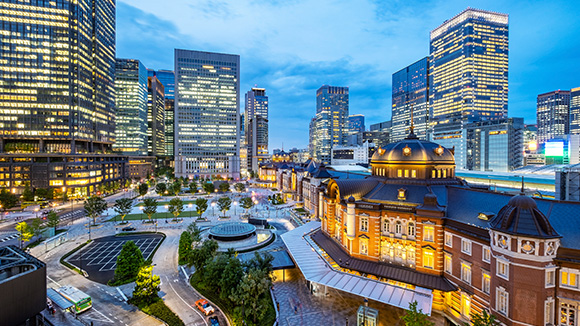
Marunouchi buildings
The buildings in Marunouchi, which lie between the Imperial Palace and Tokyo Station, show Tokyo's super city aspects. Numerous restaurants offering international cuisine, stores filled with top fashion brands, and more keep visitors entertained.
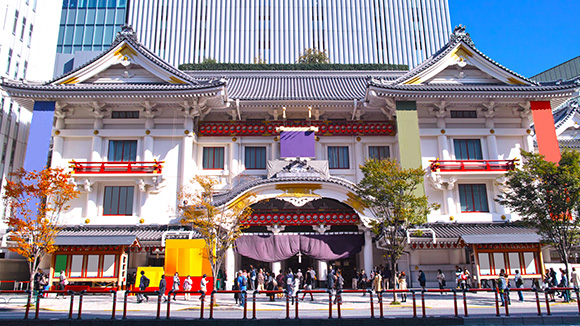
Ginza Kabukiza Tower
The Kabukiza Tower was completed in 2013 and is a new Ginza landmark, combining a base of traditional Japanese aesthetic tradition with state-of-the-art office space. Inside, you can enjoy kabuki performances daily and have an experience different from your everyday life.
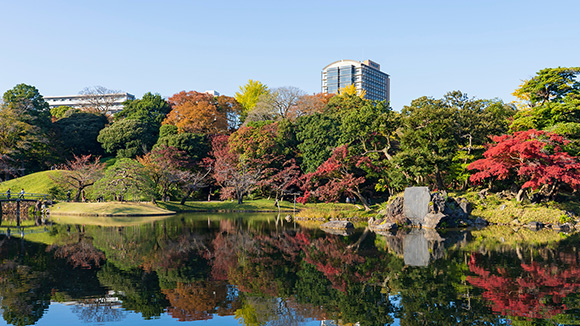
Koishikawa Korakuen Gardens
Koishikawa Korakuen Gardens, built in 1629 by Tokugawa Yorifusa, the first lord of the Mito Domain, and completed by his successor Mitsukuni, is one of the oldest remaining daimyo gardens in Tokyo.
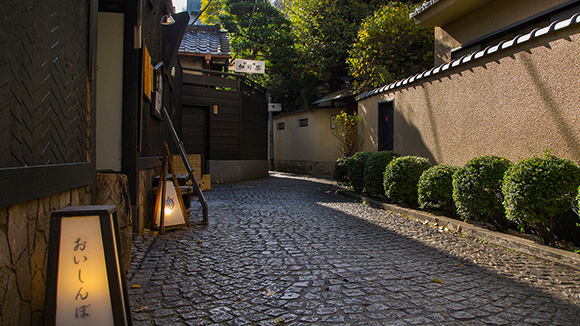
Kagurazaka
Kagurazaka is a sophisticated neighborhood that retains the atmosphere of a traditional geisha district. With its cobblestone alleys and slopes, and the presence of many French restaurants and a French language school, it's often called "Little Paris." The area is dotted with traditional restaurants, kimono shops, and Michelin-starred restaurants, offering a delightful mix of old and new.
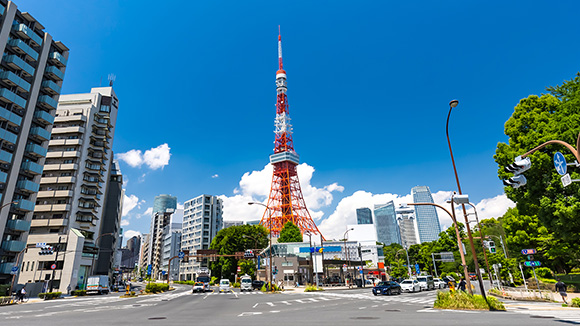
Tokyo Tower
Tokyo Tower, a symbol of Japan located in Shiba Park, Minato-ku, Tokyo, was completed in 1958. With a height of 333 meters, it surpasses the Eiffel Tower by 13 meters. While serving as a communications tower, it's also a popular tourist attraction.
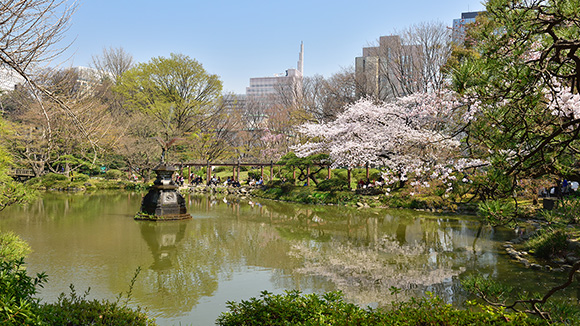
Hibiya Park
Hibiya Park, Japan's first Western-style park located in the heart of Tokyo, opened in 1903. The vast 16-hectare park features colorful flower beds, fountains, and ponds. It's full of attractions, including flower gardens that bloom with seasonal flowers, a lush lawn, and the historic restaurant "Hibiya Matsumotoro."
Course MAP is available on your smart phone

TOKYO 2020 PARALYMPIC FULL MARATHON COURSE
42.3km![]()
111min![]()
167m![]()
-
Starting point access information
Here's Google Maps.
Skip Google Maps.Japan National Stadium
- Location
- 10-1 Kasumigaoka-machi, Shinjuku-ku, Tokyo
- Access
- 5-minute walk from JR Chuo-Sobu Line "Sendagaya Station" / "Shinanomachi Station"; 1-minute walk from Toei Oedo Line "Kokuritsu-Kyogijo Station" (Exit A2); 9-minute walk from Tokyo Metro Ginza Line "Gaienmae Station" (Exit 3)
-
Bicycle share service
Bicycle share service
docomo bike share
※The above information explains some of the services.
※The above information is as of January 2025.


